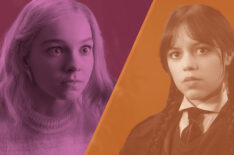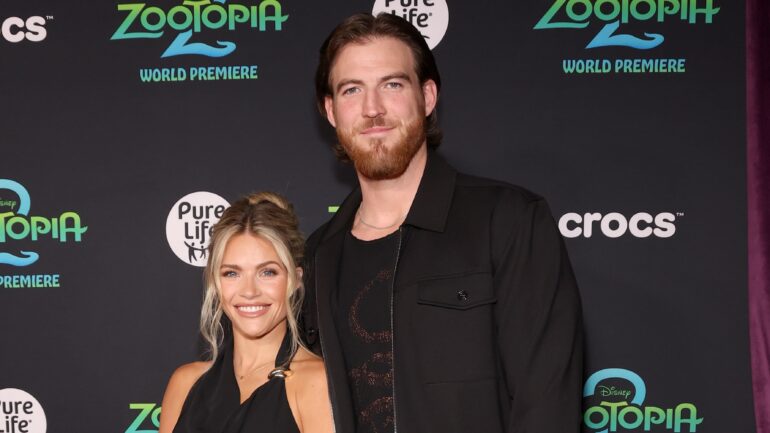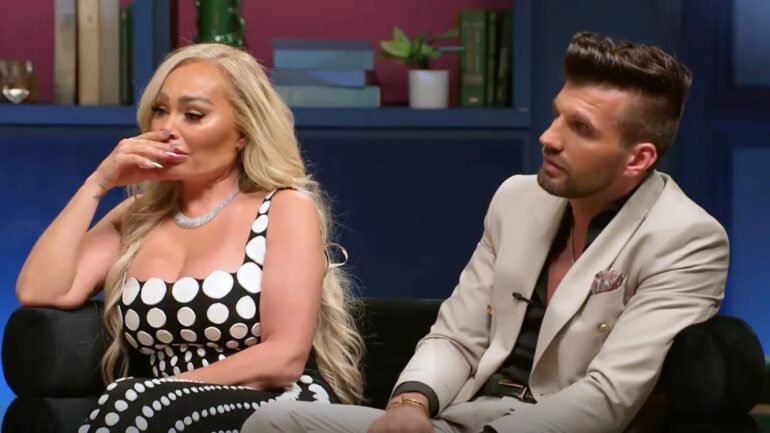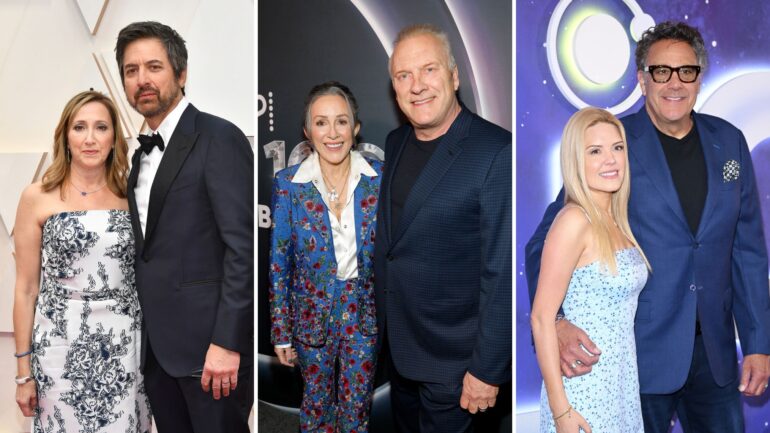Opinion
‘Nosferatu’ Fans Are Thirsting After the Wrong Man — Take a Seat, Count Orlok
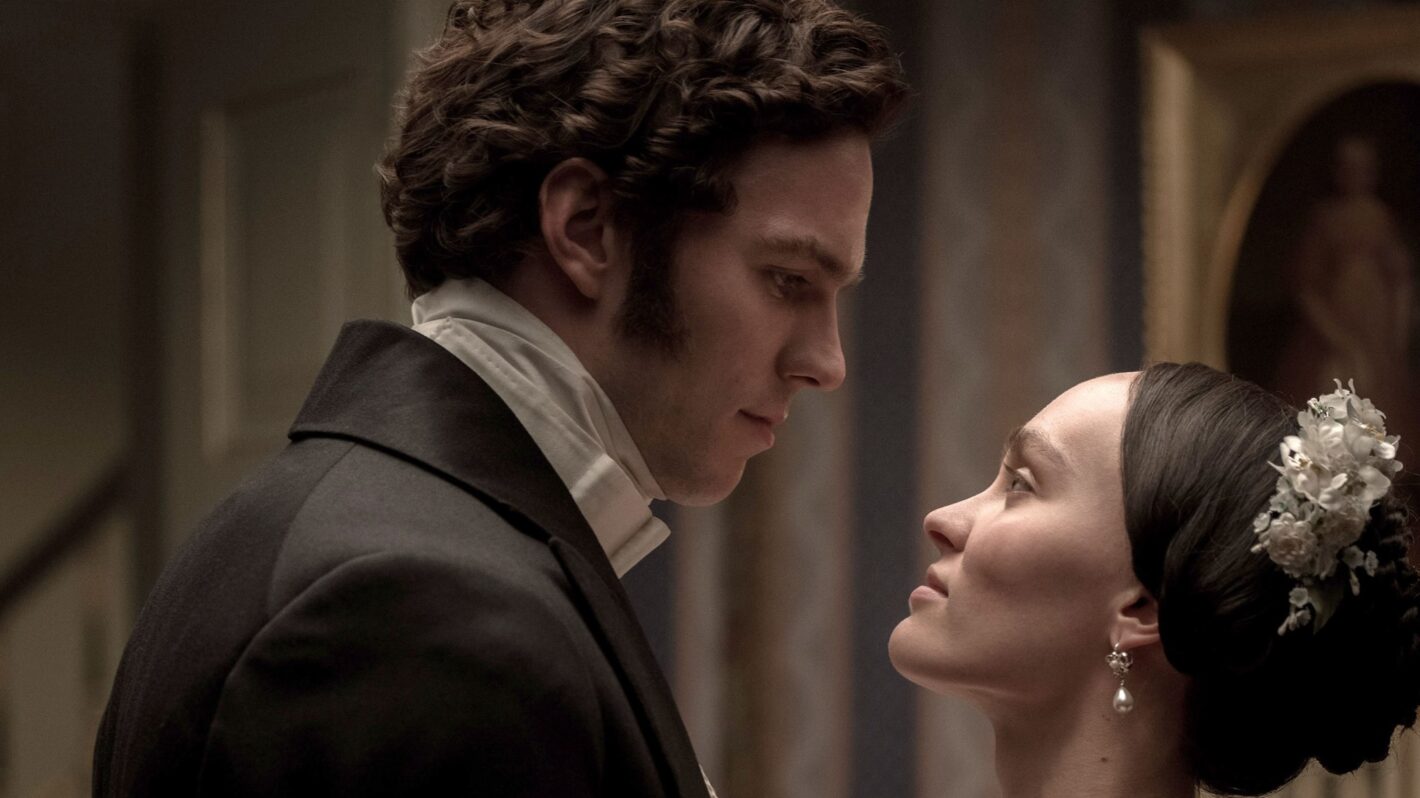
Every iteration of the vampire across literature and film has represented some kind of darkness inside of humanity. Gothic media has long used the figure to explore desire, sexuality, and oftentimes trauma. Robert Eggers’ newest film, Nosferatu, does this expertly while also crafting one of the most romantic movies of the last year. However, this romance isn’t between the titular vampire and the film’s heroine Ellen Hutter (Lily-Rose Depp), but instead between her and her human husband, Thomas (Nicholas Hoult).
When we are first introduced to Ellen, she walks the halls of a dark castle in a white nightgown, the perfect picture of a gothic heroine. She calls out into the night, and although her prayers are soon answered, she screams as the creature grasps her neck between his fingers. Although we only briefly see who we will later know as Count Orlok (Bill Skarsgård), this first meeting between the two is anything but romantic. The white gown she donned is an inevitable signal of her youth (or pureness), a familiar image often used within gothic media.
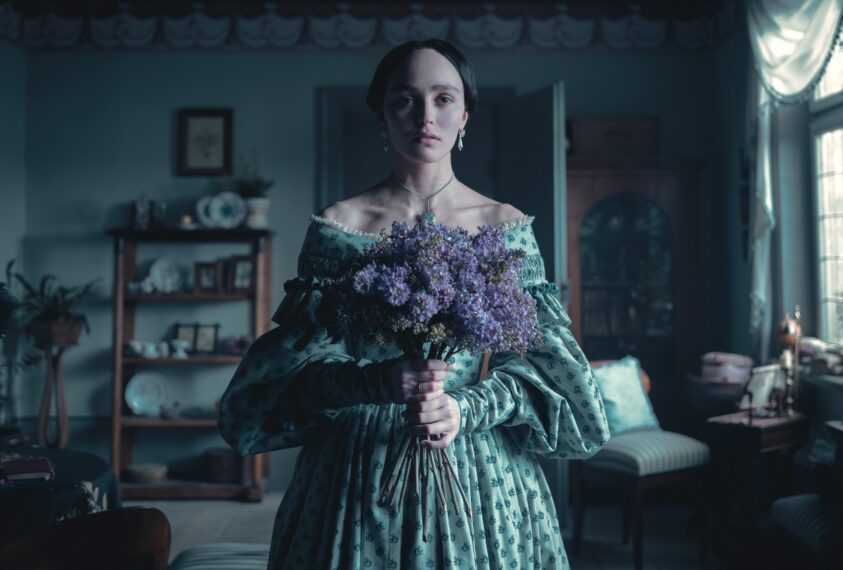
Aidan Monaghan / Focus Features / Everett Collection
This gown is the first clue we’re given to how young Ellen was when she first encountered Orlok. The sharpness of his arrival, which serves as the film’s first jump scare, displays to us that despite her willingness to call out for companionship, Orlok’s presence in Ellen’s life was anything but warranted. She screams until veins in her forehead pop, mouth gaping open in terror as the vampire looms above her. It’s here that the film tells us openly, not through subtext but actual text, that Ellen’s first encounter with Orlok happened at a young age and without her consent.
Later, in the film’s present day, Ellen awakens in a bright room, but she is not alone. Her newly wedded husband, Thomas, is with her, rushing off to work in an attempt to gain financial security for them both. It is here that Thomas accepts a commission from his employer to sell a dilapidated castle to a reclusive Count who wishes to move from Transylvania to Germany. Despite Ellen begging him to stay, Thomas lives under the guise that this trip will secure them both a better life. The two spend the first half of the film apart from each other, and it is with this distance that Eggers’ sweeping romance truly begins.
Not since the Jane Austen adaptations of the early 2000s has a heterosexual couple yearned for each other as desperately as Ellen and Thomas. Once separated, Ellen is inconsolable. She walks along beaches and through houses like a ghost, attempting to will Thomas back into her life with each glance into the distance. He, too, becomes increasingly desperate to rejoin her, a locket with her hair clasped onto his belt like a talisman meant to ward off ghosts. It’s when Orlok takes this signifier of their love away from Thomas, that he then gains power over the man, and infiltrates Ellen’s thoughts once again.
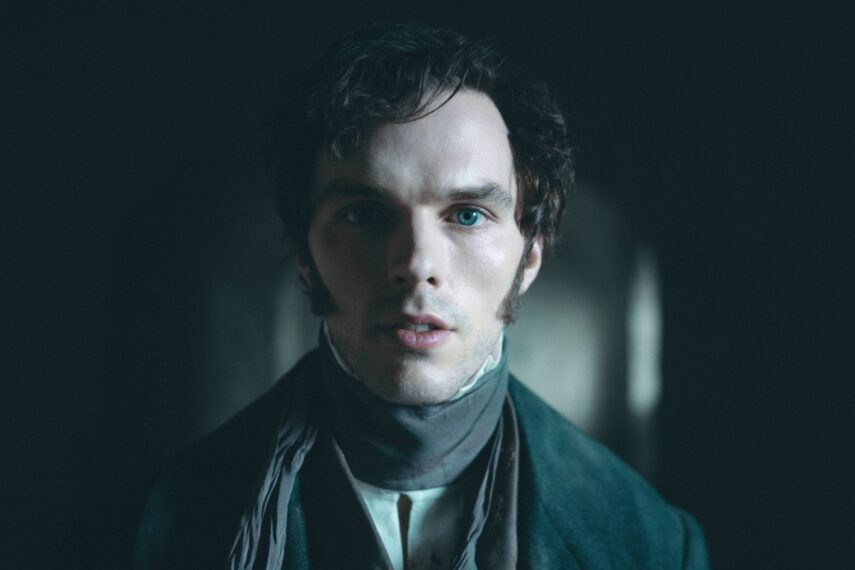
Aidan Monaghan / Focus Features / Everett Collection
Instead of killing him, the vampire feeds off of Thomas each night while he sleeps, leaving teeth marks upon his chest as if he wants to own the man as well as his wife. When Thomas awakens, Orlok torments him with delusions just like Ellen described having. It’s here, in the attempt to kill Thomas and distance him from Ellen, that Orlok actually connects the husband and wife even more. Intentionally or not, Eggers’ film showcases two people who are forced to bond through their abuse. While there was love between them before, once Thomas returns to Ellen, after suffering the same abuse that she endured throughout her life and therefore deepening their connection, they become inseparable.
The relationship between Ellen and Orlok isn’t a love affair, despite what some may think. It’s a tumultuous and abusive relationship that was born out of Ellen’s childhood loneliness, damning her to a life of hauntings by a man (or vampire) who uses her spiritual powers to continue abusing her throughout her life. After a lifetime plagued by this disease that has followed her from childhood into adulthood, Ellen admits that it was Thomas who saved her from her worst fits of depression, emphasizing the importance of their union in preserving her sanity.
In crafting this reimagining of a classic gothic tale, Eggers also gives birth to a story of two traumatized people attempting to heal together. There is no one else who can understand the abuse they have suffered under Orlok’s control, and they bear this cross together, just as they share each other’s fear and shame. While Ellen believes she is “unclean” because of this, that her purity has been tarnished by this intrusion, Thomas assures her that it does not matter whether Orlok took her by her own violation or not; he still loves her just the same.
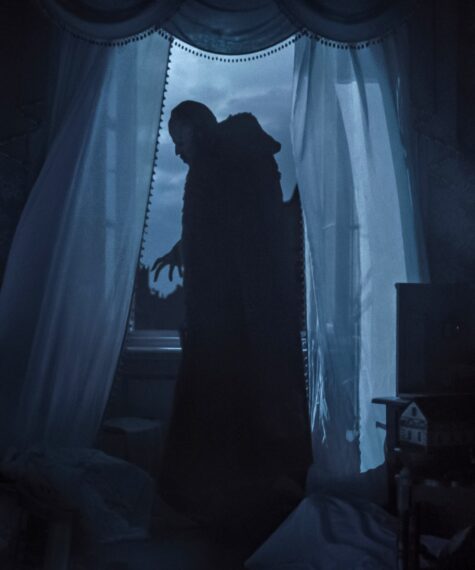
Focus Features / Everett Collection
It’s a staggering admission of love, one that sweeps the whole film together, dashing away at any remaining horror and instead transforming the film into a prominent display of survivors of sexual abuse healing — albeit with roadblocks — from the pain they have endured. While Ellen uses herself to kill Orlok in the film’s climax (while wearing the gown she wore when she and Thomas got married) she does this knowing she was loved completely by Thomas, who rushes in the room after she has died and kisses her brow.
Often, when abuse survivors are killed in film and television, it feels as if the media they belong to is seeking to punish them for what the writers deem as an impurity. Here, Eggers’ allows Ellen to regain control of her life by taking her death into her own hands, and she does it with the knowledge that the abuse she suffered didn’t tarnish her life or devoid her of love. Instead, she sacrifices herself to free the village of Orlok’s vampiric ways and, ultimately, to save Thomas from further torture.
Nosferatu isn’t strictly a horror film, but rather a romantic exploration of how two people heal from their trauma in each other’s company. The film’s emotional and thematic quality hinges on Ellen and Thomas’ relationship, and it would fail were it not for the strength of performance and chemistry shared between Depp and Hoult. By allowing these two characters to find solace in each other, Eggers creates a film unlike most in this genre; one which allows its survivors to heal and grants them the gift of impenetrable and unconditional love.
Nosferatu, Available VOD Now

